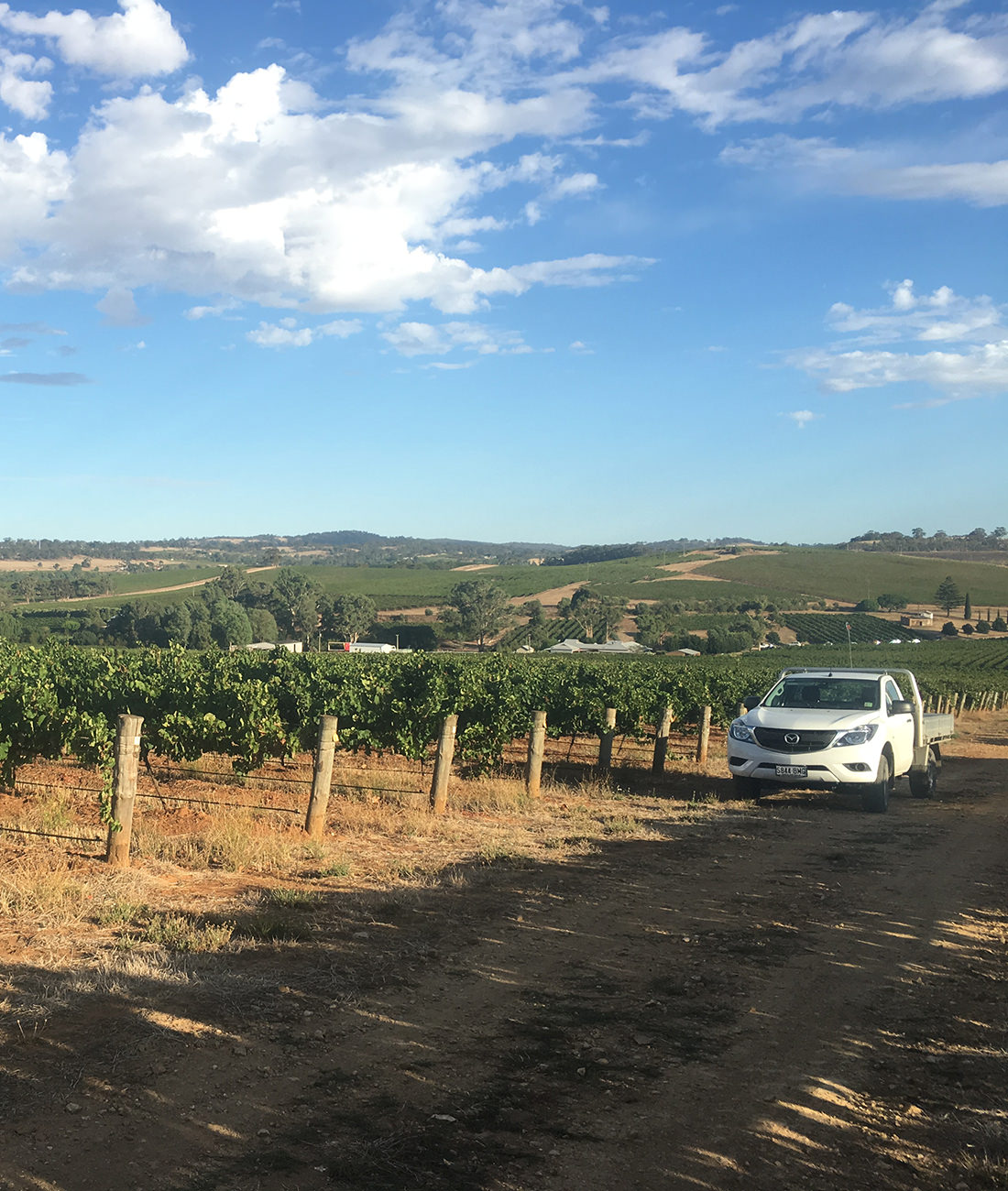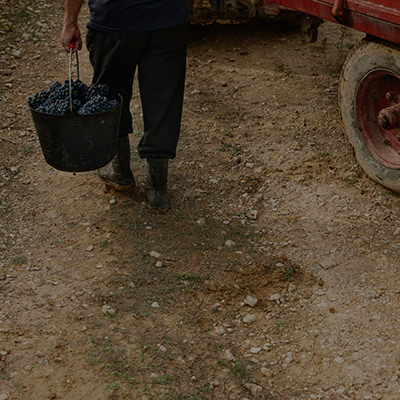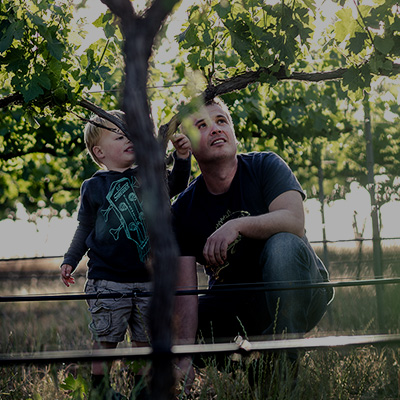2018 Vintage Report
Up to a point, the 2018 vintage mirrored the very first Atlas vintage of 2008. In both years, the Clare and Barossa valleys enjoyed a warm, even ripening season and grape-growers and winemakers were licking their lips at the prospect of a fantastic harvest. But happily – unlike 2008, where SA was hit with a two-week heatwave that caused havoc and had winemakers desperately trying to get fruit off the vine and into wineries that were already at capacity – this year, the beautiful, dry weather rolled on and on. We were blessed with ideal ripening conditions from go to woe, all of the fruit came off looking fantastic, and we were able to process it in as orderly a manner as you could expect.
The first fruit picked was Riesling at the Churinga vineyard, destined for our 172º Riesling. Thanks to the great weather, the grapes showed riper flavours at lower sugar levels compared to recent years. That’s always a great indicator for aromatic whites especially, because it makes it that much easier to preserve the freshness of the wine and still get great flavour, resulting in fresh, zippy, flavoursome wines.
Now that the wines are through fermentation, we’re seeing that the Rieslings across the board are looking more textural than we predicted. There are the classic lovely citrus blossom and lime fruit flavours, but we’re also seeing tonic water and botanical characters, cut wild herbs or “garrigue’, as it’s often known. On current indicators, we’re picking this as a very interesting vintage for Riesling fans. These wines are likely to be released in the middle of the year, so something to look forward to.
The last fruit to come off the vine was Mataro from Rod Schiller’s Kalimna Vineyard. As you’d expect, the reds aren’t as far along as the Rieslings, and post-ferment maceration is still going on for some of our premium parcels of Shiraz and Grenache. We tend to leave those wines on skins for four to six weeks, to build mouthfeel, palate weight, texture and complexity, and give true expression to the incredible fruit.
So, although the hectic part of vintage may be over, now is the time to pay attention to detail so that we ensure we make some great wines. The reds will go through malolactic fermentation, and it’s not until after malo has finished that we truly know how the wines are shaping up. Over the years I’ve had some fantastic surprises where wines have really come into their own at this point.
We’ll give you an update as the wines develop, but based on what we’ve seen so far, 2018 is likely to go down as one of the better vintages for Clare and the Barossa.
– Adam







